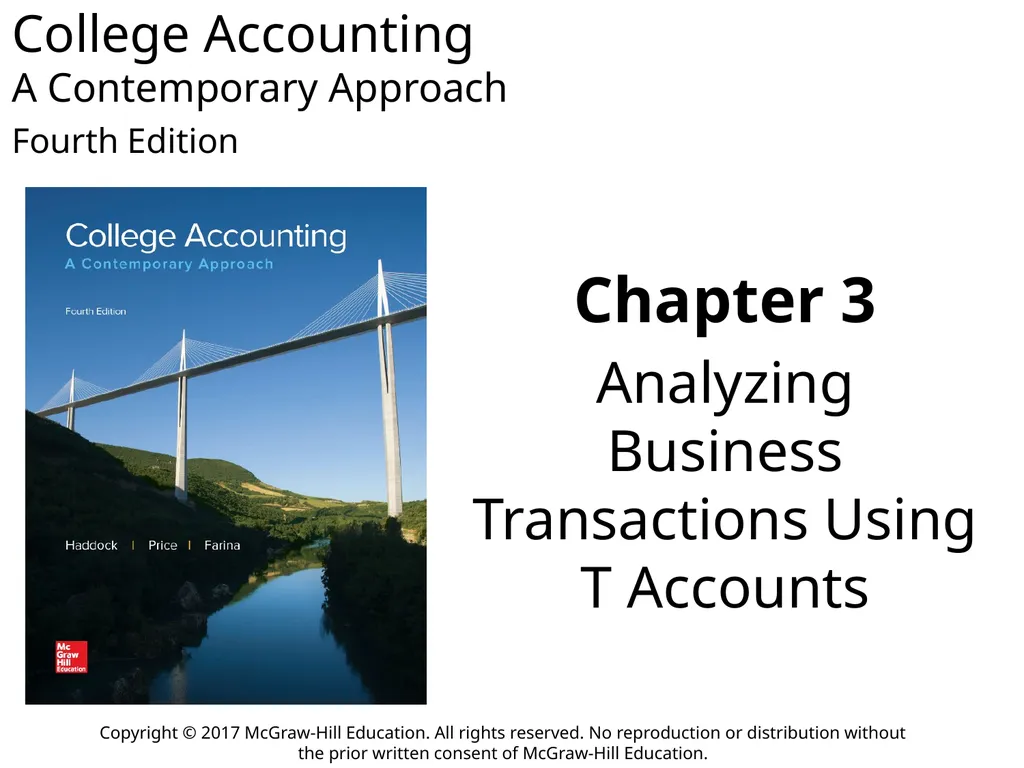
College Accounting A Contemporary Approach Fourth
Author: faustina-dinatale | Published: 2025-05-30
Description: College Accounting A Contemporary Approach Fourth Edition Chapter 3 Analyzing Business Transactions Using T Accounts Copyright 2017 McGraw-Hill Education. All rights reserved. No reproduction or distribution without the prior written
Download Presentation
Download the PPT/PDF: Download
Transcript:
Loading transcript…